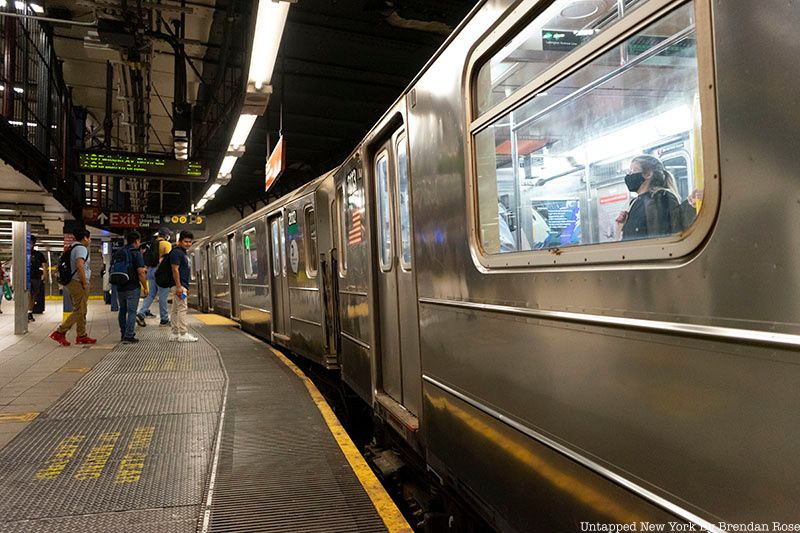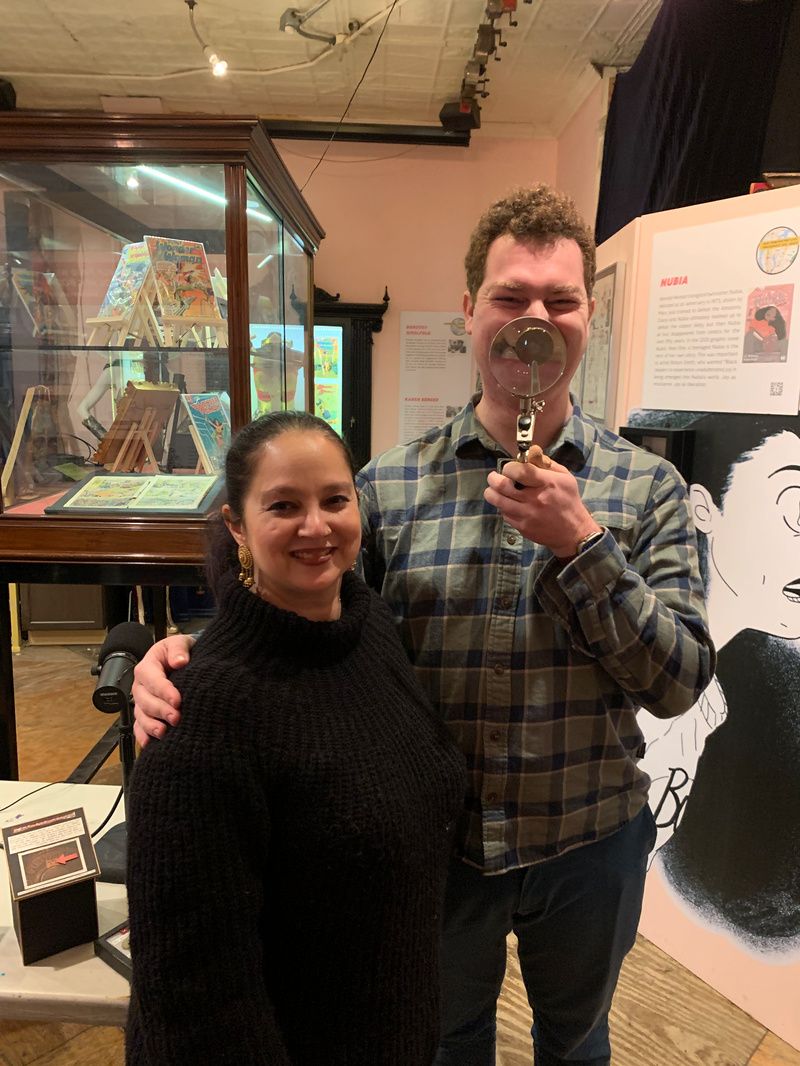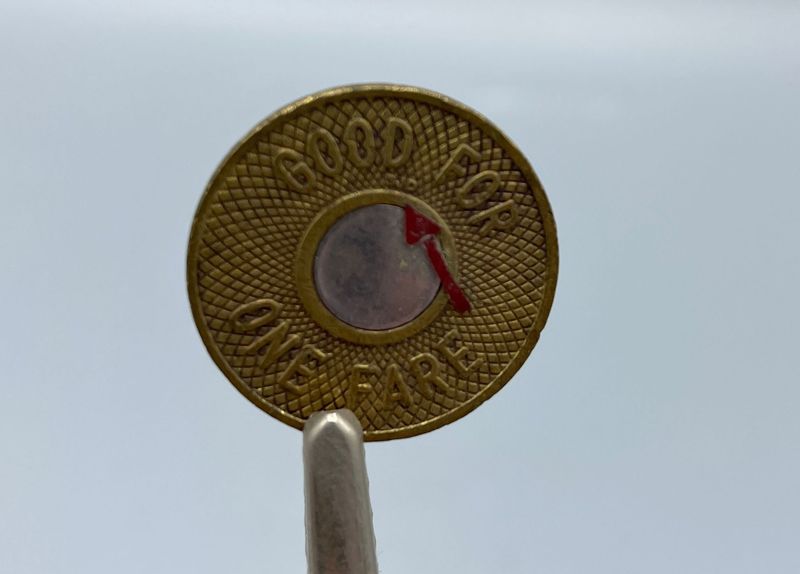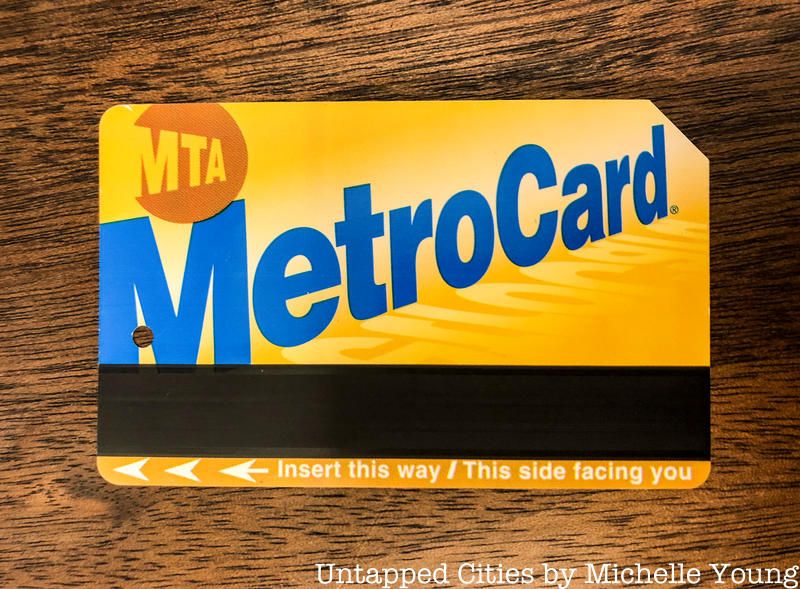100th Anniversary Great Nave Tour at the Cathedral of St. John the Divine
Celebrate the 1925 construction of the stunning nave inside the world's largest Gothic cathedral!


Undiscarded Stories is a deep dive into the subjects featured on each episode of the Undiscarded podcast, an audio series that explores the fascinating objects and people of The City Reliquary, written by hosts Tania Mohammad. You can listen on Apple Podcasts, Spotify, or wherever you get your podcasts. Explore more Undiscard Stories on the City Reliquary blog. In this feature, host Tania Mohammad explores the history of the NYC subway token, the subject of Episode 10.
The summer season is here, and instead of dreaming about the beach on my 4th of July weekend getaway to the cape, I find myself contemplating public transport. Mainly because I still had to write this blog and we were stuck in back-to-back crawling traffic for a full 8 hours when it’s usually a four-hour journey. In general, whenever I am away from our bustling city, I realize how every place else is dependent on vehicles to get anywhere. What a blessing it is to live in a city where you can get by without a license! I am embarrassed to admit that lately, I drive a lot more in NYC, perhaps due to my ingrained LA training, post-pandemic nerves, and the luxury of a coveted parking spot. But the realities of a sprawling metropolis like ours make it evident that driving may not be the best option. Obviously, there is the carbon footprint to think of, but on more than one occasion (gridlock, surge pricing, a pile of parking tickets), I curse the roads and I ruefully wish I had stuck underground, the city’s preferred way of getting around.

When my kids were younger their favorite book was Subway (by Christoph Niemann) an adoring, fun ode to NYC’s favorite mode of transportation. Even though I had committed it to memory at that time, I have forgotten what a marvel our transit system is.
Sure, the subway has its share of woes: track work, fare hikes, the invasion of personal space, and lately an increase in troubling incidents (subway surfing, people being shoved on tracks, deaths, etc). But despite these setbacks, it is still the backbone of our city. The New York City Subway has a daily ridership of approximately 2.4 million, coupled with our bus system which has a daily ridership of 1.2 million. This public transit system fuels the city’s economy, provides congestion relief, increases accessibility, and is just plain RAD. I mean how amazing is it that you can catch a Mets game in Queens in the afternoon and mosey on over to Coney Island to see the fireworks at night all on the same day at the low fare of $6.25!

Undiscarded previously featured NYC icons such as the Statue of Liberty, Newsstands, and the Jewish Deli, so it seemed fitting that this Undiscarded episode is dedicated to the subway. Our guest (and the show’s contributing producer), Jacob Ford, is amongst many things a subway enthusiast, thanks in part to the Transit Museum (a wonder itself), we had plenty of transit-related Reliquary artifacts to choose from. Among the artifacts displayed are an older Red Subway door, station signs, pieces of rail, a metro card art, and a collection of straps mounted like a prized aminal game. However, Jacob ultimately decided on the humble subway token as the object of our episode. This rare SJD token was one of the Bullseye tokens introduced from 1986 to 1990. The letters “SJD” were secretly etched on the “GOOD FOR ONE FARE” side between the “D” in GOOD and the “F” in FOR The story is that “SJD” are the initials of Sylvester J. Dobosz, who was in charge of the money room. We get to the story behind it in the podcast but also discuss the history of the token and its significance, and the journey from tokens to Metrocards and now to OMNY.

While tokens were phased out in 2003, they still represent a significant piece of NYC’s history, making appearances in fashion, business logos, and pop culture. When the subway was introduced in 1904, the fare was just a nickel and then increased to a dime over the years, but once the fare changed to 15 cents, the token was introduced as a flexible, well token, to accommodate changes in fare prices over the years.
Once the tokens were introduced in 1953 it remained a vital part of the city’s life for five decades. They weathered fare changes, morphed to keep counterfeiters at bay, and commemorated special occasions. Although practicality led to their eventual replacement by the Metrocard, they continue to be a cherished memento of New York’s past.

Despite the convenience of the Metrocard, its introduction was met with reluctance, a testament to New Yorkers’ enduring affinity for the old ways. This nostalgia can be seen by many creators who make jewelry and art out of the old tokens (the Y token being one of the most popular ones). And now as we transition to the OMNY system, there is plenty of artwork and memorabilia dedicated to the Metrocard! From elaborate collages by Thomas McKean to cute illustrations by my friend Kate Durkin, the Metrocard has found its way into our hearts and art. Despite the challenges of technology and concerns over privacy and accessibility, we are hopeful that OMNY will prove beneficial to our ever-evolving transit system.
Hear more about the subway token in the latest episode of Undiscarded, here!
Next, check out 9 Subway Work Cars That Aren’t for Passengers
Subscribe to our newsletter